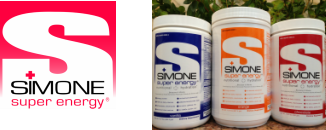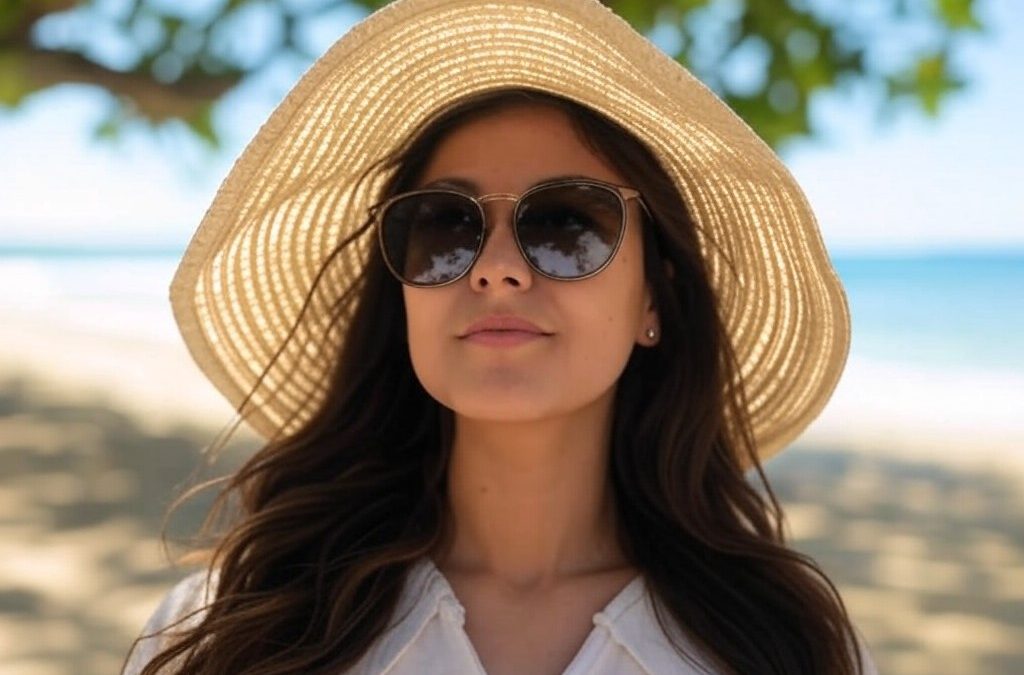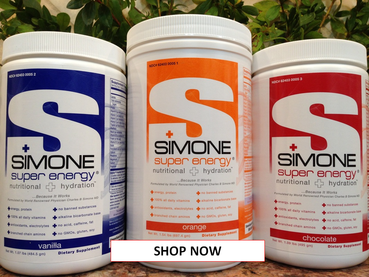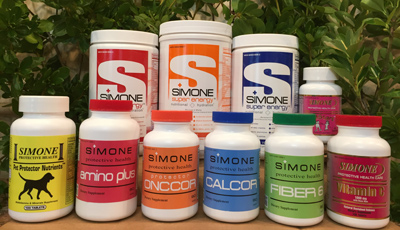6/20/16
We do not diagnose disease or recommend a dietary supplement for the treatment of disease. You should share this information with your physician who can determine what nutrition, disease and injury treatment regimen is best for you. You can search this site or the web for topics of interest that I may have written (use Dr Simone and topic).
“We provide truthful information without emotion or influence from the medical establishment, pharmaceutical industry, national organizations, special interest groups or government agencies.” Charles B Simone, M.MS., M.D.
PROTECT YOURSELF FROM THE SUN
Lawrenceville, NJ (Dr Simone) – Ultraviolet (UV) rays from the sun can damage your skin within 15 minutes.
CLOTHING affords the best protection: long-sleeve shirts, long pants, skirts – the darker the color the better, even though dark colors absorb more heat. There is less protection from wet T-shirts.
SHADE reduces your exposure but you still will need sunscreen or clothing to protect you from reflective sunlight.
HATS that are dark with a wide brim all around will protect your face, ears, and back of neck. Avoid hats with holes that will let the sunlight through. For those who wear baseball caps, remember to cover or use sunscreen on your ears and back of neck.
SUNGLASSES protect your eyes and reduce the risk of cataracts and cancer. Wrap-around sunglasses are best. Regardless of cost, most sunglasses sold in the United States block both UVA and UVB rays.
SUNSCREEN – The American Academy of Dermatology recommends using a sunscreen with a 30 SPF (Sun Protection Factor against Ultraviolet B rays). However, according to Consumer Reports July 2016, 48% of the 104 sunscreens they tested failed to meet the SPF claim on the label. Use a Chemical Sunscreen (below) with an SPF of 40 or higher. This will give you a greater chance of getting at least a SPF 30.
You need to apply the correct amount initially to all exposed areas – even eyelids, and lips. And then reapply again every 2 hours, and after sweating, swimming, or toweling off. Even people of color need to use sunscreens to decrease the risk of burning, skin damage, and cancer.
Broad Spectrum Sunscreen: This protects you from Ultraviolet B rays and also Ultraviolet A rays that penetrate through clouds, glass and are present year-round. UVA rays cause melanoma and skin damage.
Mineral Sunscreens deflect the sun’s UV rays (titanium dioxide, zinc oxide, or both). These are less effective – 74% of these 19 products did not meet their SPF claim (Consumer Reports July 2016).
Chemical Sunscreens absorb sun’s rays (avobenzone, ecamsule, homosalate, octisalate, octocrylene, octyl methoxycinnamate, octyl salicylate, and oxybenzone) but 42% of these 85 products did not meet their SPF claim (Consumer Reports July 2016)
Expiration Date: Check the date, but realize that heat will decompose the some of the ingredients at a faster pace.
Bottom Line – Cover up and use a sunscreen with an SPF of at least 40.
(c) 2017 Charles B. Simone, M.MS., M.D.



